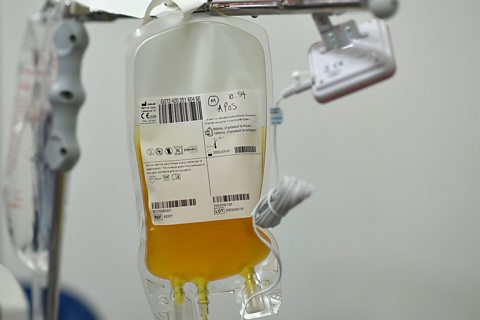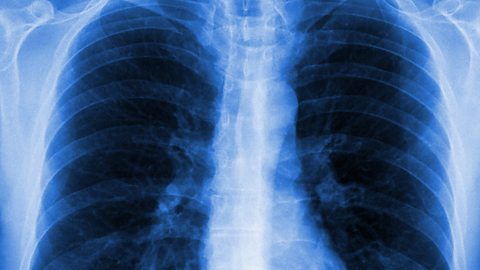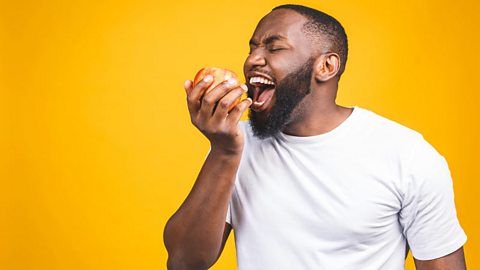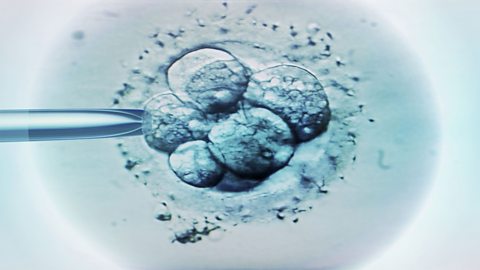Key points
There are four components - or parts - of the blood: red blood cells, white blood cells, plasma and platelets.
Blood carries things you need, like oxygen and glucose, and waste products, such as carbon dioxide, around your body.
Component functions
Each component has a function.
| Component | Function |
|---|---|
| Red blood cell | To carry oxygen from the lungs to every cell in the rest of the body |
| White blood cell | To fight infection by pathogens and stop disease |
| Plasma | Carries the blood cells and platelets around the body |
| Platelet | Broken down parts of cells that form scabs |
There are different amounts of the four components in the blood.
Red blood cells
Red blood cells are the most numerous cell in the blood. In one drop of blood there are around 3-5 million red blood cells. They are made in bone marrowThe spongy material inside your large bones like those in your legs and hips, in which other cells are made..
Oxygen moves by diffusionThe overall movement of particles of gas or liquid from an area of higher to lower concentration. into red blood cells in the lungs. They have a chemical inside them called haemoglobin, a red pigment which binds with the oxygen to carry oxygen to where it is needed for respirationA chemical reaction that occurs in the mitochondria of cells in which glucose and oxygen react to produce carbon dioxide and water, releasing energy.. This reaction is reversed near the cells.
Red blood cells do not have a nucleusA cell component found in most cells which contains the genetic material (DNA) of the organism and controls the cellÔÇÖs activities. to maximise the oxygen they can carry. They have dips on both sides to maximise their surface area to absorb oxygen as quickly as possible. This shape is called biconcave.
White blood cells
White blood cells form part of the immune system to keep us safe from infection and disease. There are 10,000-20,000 white blood cells in one drop of blood, and even more when a person is ill. They are made in bone marrow.
There are two types of white blood cell:
- Phagocytes which surround, engulf and destroy pathogensBacteria, fungi and viruses that cause disease..
- Lymphocytes which produce antibodies that stick pathogens together. This makes it easier for phagocytes to destroy the pathogens.
Scientists say that phagocytes ÔÇśengulfÔÇÖ pathogens rather than ÔÇśeatÔÇÖ them because they do not have a mouth.
Plasma
Plasma is the liquid that makes up more than half of the blood in a human body. It is mainly made of water and is pale yellow so is often called ÔÇśstraw-colouredÔÇÖ.
It carries all the platelets and red and white blood cells around the human body. It also carries hormonesChemical messages produced by glands. They travel in the blood to a target organ where they take effect., dissolved glucose for respiration, dissolved salts and enzymesBiological molecules called catalysts which speed up reactions. around the body. Waste products like carbon dioxide are also transported in the plasma.

Platelets
Platelets are small, colourless fragments of cells that form scabs to stop cuts from bleeding. There are several hundred thousand platelets in each drop of blood.
Like red and white blood cells, platelets are made in bone marrow.
Quiz
Atomic Labs game. gameAtomic Labs game
Try out practical experiments in this KS3 science game

More on Living organisms
Find out more by working through a topic
- count5 of 15

- count6 of 15

- count7 of 15

- count8 of 15
